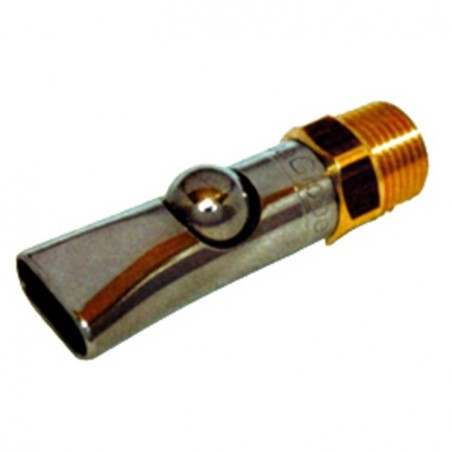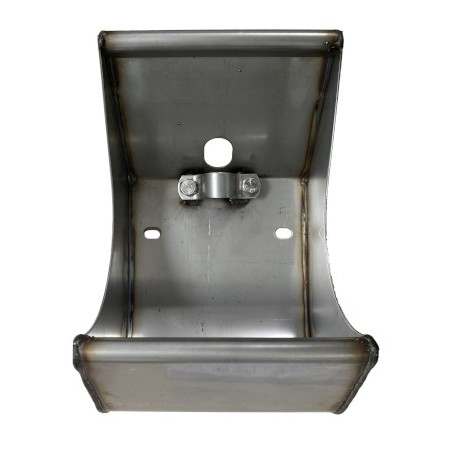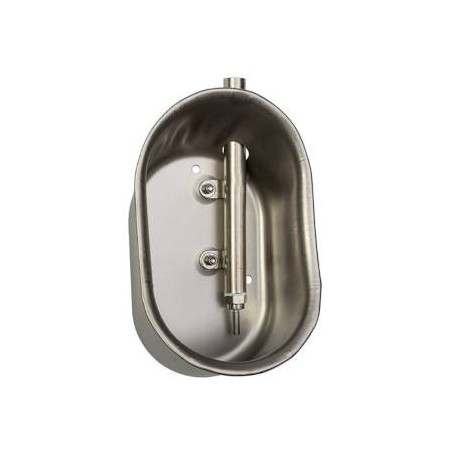A low protein amino acid balanced diet can meet the needs of pigs by reducing the protein level in the diet and adding synthetic amino acids. This modification of the diet can improve the utilization rate of feed protein, reduce feed costs, regulate gut microbiota structure, improve gut morphology, increase nitrogen utilization, reduce harmful gas emissions (ammonia), and can improve gut health without compromising pig performance. Furthermore, some studies determined that low-protein diets significantly can improve the levels of intramuscular fat and monounsaturated fatty acids (MUFA) in the muscle of finishing pigs. This study aimed to evaluate the effects of dietary protein level on the production performance, slaughter performance, meat quality, and flavor of finishing pigs. For this purpose, twenty-seven Duroc × Bamei binary cross-bred pigs (60.86 ± 2.52 kg body weight) were randomly assigned to three groups, each group had three replicates, and each replicate had three pigs. Three groups of finishing pigs were fed 16.0, 14.0, and 12.0% crude protein levels diets, and these low-protein diets were supplemented with four limiting amino acids (lysine, methionine, threonine and tryptophan). Growth performance indicators and meat quality analysis were performed; the levels of inosinic acid, amino acids, fatty acids, and volatile flavor substances were evaluated in samples of the longissimus dorsi between the first and second ribs.
The results showed that the pigs fed low-protein diets increased loin eye muscle area, and reduced heart weight, lung weight. The feed-weight ratio of the 14.0% protein group was reduced. Dietary protein levels significantly affected the luminance (L24h), yellowness (b45min and b24h), reduced shear stress, muscle water loss, drip loss, the levels of crude fat, and increased marbling score in the muscle of finishing pigs. The low-protein diets improved polyunsaturated fatty acids (PUFA)/total fatty acids (TFA), PUFA/saturated fatty acids (SFA), and increased hexanal, E-2-heptenal, 1-octen-3-ol, essential amino acids (EAA)/total amino acids (TAA) in the muscle of finishing pigs.

The results indicated that reducing the dietary crude protein levels by 2.0-4.0%, and supplementing with four balanced limiting amino acids had no significant effects on the production performance and slaughter performance of finishing pigs, and could effectively improve meat quality and flavor.
Wang D, Chen G, Chai M, Shi C, Geng Y, Che Y, Li Y, Liu S, Gao Y, Hou H. Effects of dietary protein levels on production performance, meat quality and flavor of fattening pigs. Frontiers in Nutrition. 2022; 9. https://doi.org/10.3389/fnut.2022.910519








